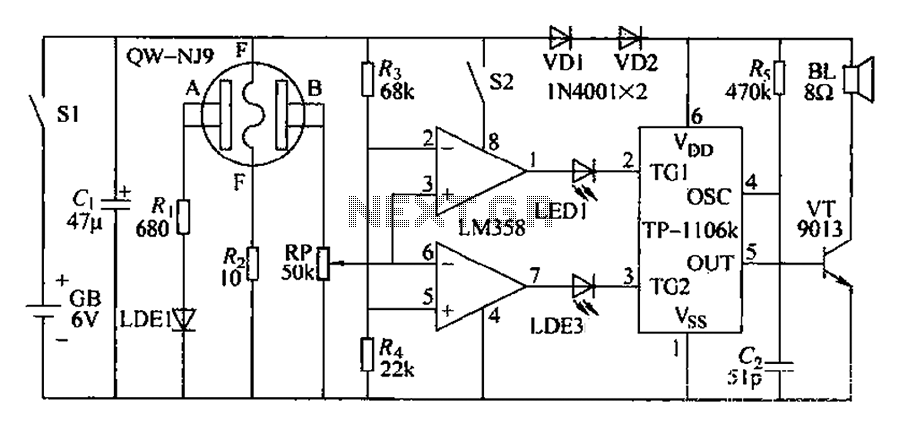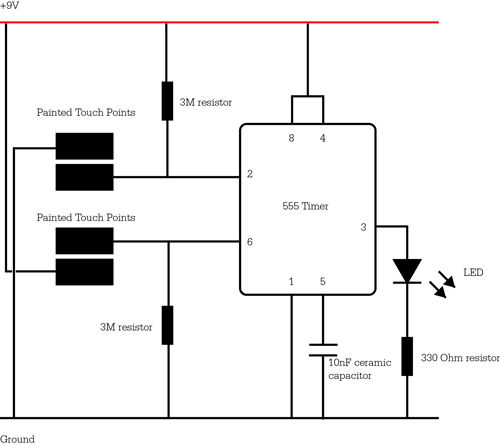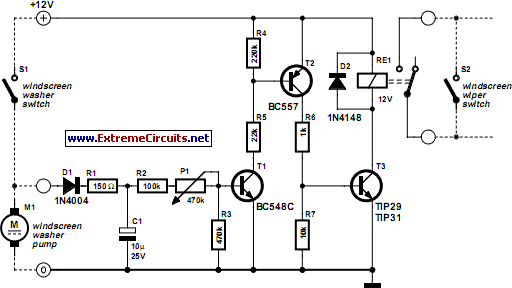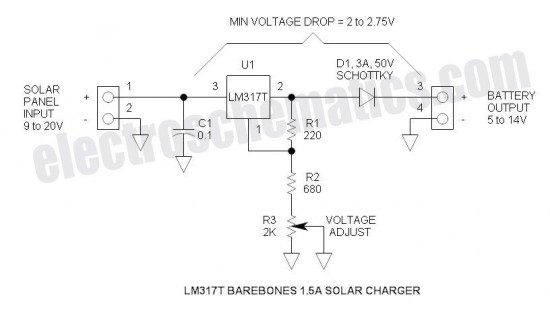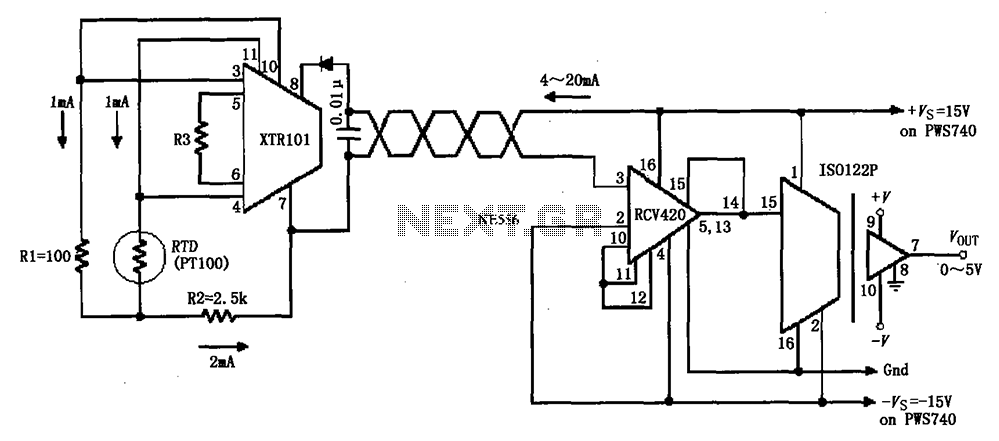
Practical flip-flop circuit
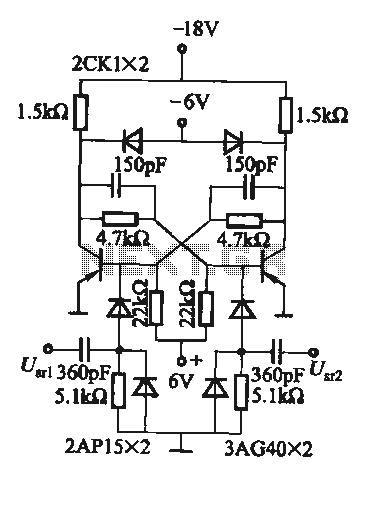
A flip-flop circuit with a memory function for pulse signals. It features two stable states: one where transistor VTi is off and VTZ is conducting, and another where VTi is conducting and VT2 is off. An external signal is sufficient to trigger a transition between these two states, commonly known as flipping. The flip-flop serves as a memory element, a non-contact switch, and a crossover component. The flip-flop circuit is practical.
The flip-flop circuit is an essential building block in digital electronics, widely utilized for storing binary information and implementing memory functions. In this configuration, the circuit operates using two transistors (VTi and VTZ) that create a bistable multivibrator, allowing it to maintain one of two states until an external trigger is applied.
In its first stable state, transistor VTi is in the off position while VTZ is conducting, allowing current to flow through the load connected to VTZ. Conversely, in the second state, VTi conducts, and VT2 is off, effectively interrupting the current flow through VTZ. This characteristic enables the flip-flop to "remember" the last state it was in until it receives a new input signal.
The transition between these states occurs through the application of an external pulse signal. When the pulse is applied, it causes the circuit to switch from one state to the other, a process referred to as flipping. This action can be utilized in various applications, including data storage, frequency division, and as a basic memory element in sequential logic circuits.
The design of the flip-flop circuit emphasizes minimal component count, making it efficient and cost-effective. It can act as a non-contact switch, allowing for remote operation without physical interaction, which is particularly advantageous in applications requiring durability and reliability.
Overall, the flip-flop circuit is a versatile and practical component in modern electronic systems, providing essential functions in memory storage, signal processing, and control applications.Flip-flop circuit having a memory function pulse signal. It has two stable states: the transistor VTi deadline, VTZ conduction; or VTi conduction, VT2 off. Enough to trigger external signal, the two states can be converted to each other (commonly referred to as flipping). Flip-flop as a memory element, component count, non-contact switch and crossover elements. Flip-flop circuit as practical
The flip-flop circuit is an essential building block in digital electronics, widely utilized for storing binary information and implementing memory functions. In this configuration, the circuit operates using two transistors (VTi and VTZ) that create a bistable multivibrator, allowing it to maintain one of two states until an external trigger is applied.
In its first stable state, transistor VTi is in the off position while VTZ is conducting, allowing current to flow through the load connected to VTZ. Conversely, in the second state, VTi conducts, and VT2 is off, effectively interrupting the current flow through VTZ. This characteristic enables the flip-flop to "remember" the last state it was in until it receives a new input signal.
The transition between these states occurs through the application of an external pulse signal. When the pulse is applied, it causes the circuit to switch from one state to the other, a process referred to as flipping. This action can be utilized in various applications, including data storage, frequency division, and as a basic memory element in sequential logic circuits.
The design of the flip-flop circuit emphasizes minimal component count, making it efficient and cost-effective. It can act as a non-contact switch, allowing for remote operation without physical interaction, which is particularly advantageous in applications requiring durability and reliability.
Overall, the flip-flop circuit is a versatile and practical component in modern electronic systems, providing essential functions in memory storage, signal processing, and control applications.Flip-flop circuit having a memory function pulse signal. It has two stable states: the transistor VTi deadline, VTZ conduction; or VTi conduction, VT2 off. Enough to trigger external signal, the two states can be converted to each other (commonly referred to as flipping). Flip-flop as a memory element, component count, non-contact switch and crossover elements. Flip-flop circuit as practical
